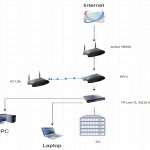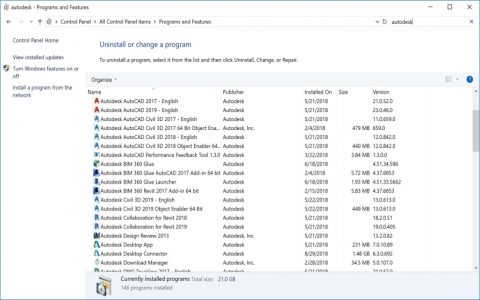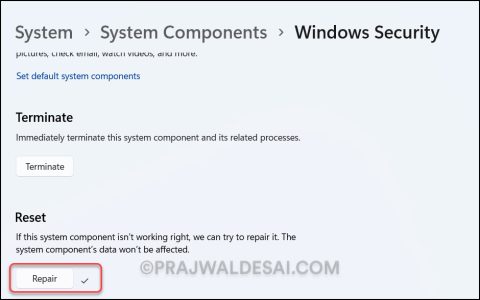Optical audio output, utilizing fiber-optic cables (often called TOSLINK), transmits digital audio signals through light pulses. This technology provides significant benefits over analog or electrical digital alternatives like HDMI or coaxial audio, making it ideal for noise-critical environments.
Key Advantages of Optical Audio Out
- Immunity to Electromagnetic Interference (EMI): Unlike copper cables, optical signals resist interference from electronics like microwaves or routers, eliminating background hums and ensuring pristine audio clarity.
- Ground Loop Elimination: Completely isolates audio devices, preventing annoying ground-loop hums caused by electrical potential differences—common in multi-device setups such as home theaters.
- Superior Long-Distance Performance: Maintains signal integrity over extended runs (up to 10 meters) without quality loss, unlike copper wires that can degrade over shorter distances.
- Pure Digital Audio Transmission: Supports high-resolution formats like Dolby Digital and DTS without compression artifacts, delivering lossless sound reproduction free from jitter.
- Enhanced Durability and Simplicity: Fiber cables resist corrosion and physical wear, while plug-and-play connectors ensure easy setup without complex impedance matching or signal tuning.
Unexpected Benefits
- Improved Sound Imaging: Many users experience better soundstage depth and detail retrieval due to the interference-free digital path, allowing subtle audio cues to shine through.
- Energy Efficiency and Space Saving: Thin, lightweight cables reduce clutter and consume less power than bulkier alternatives, promoting tidier installations in compact setups.
For those prioritizing noise-free audio fidelity, optical output is a surprisingly effective solution that outperforms in real-world scenarios.










